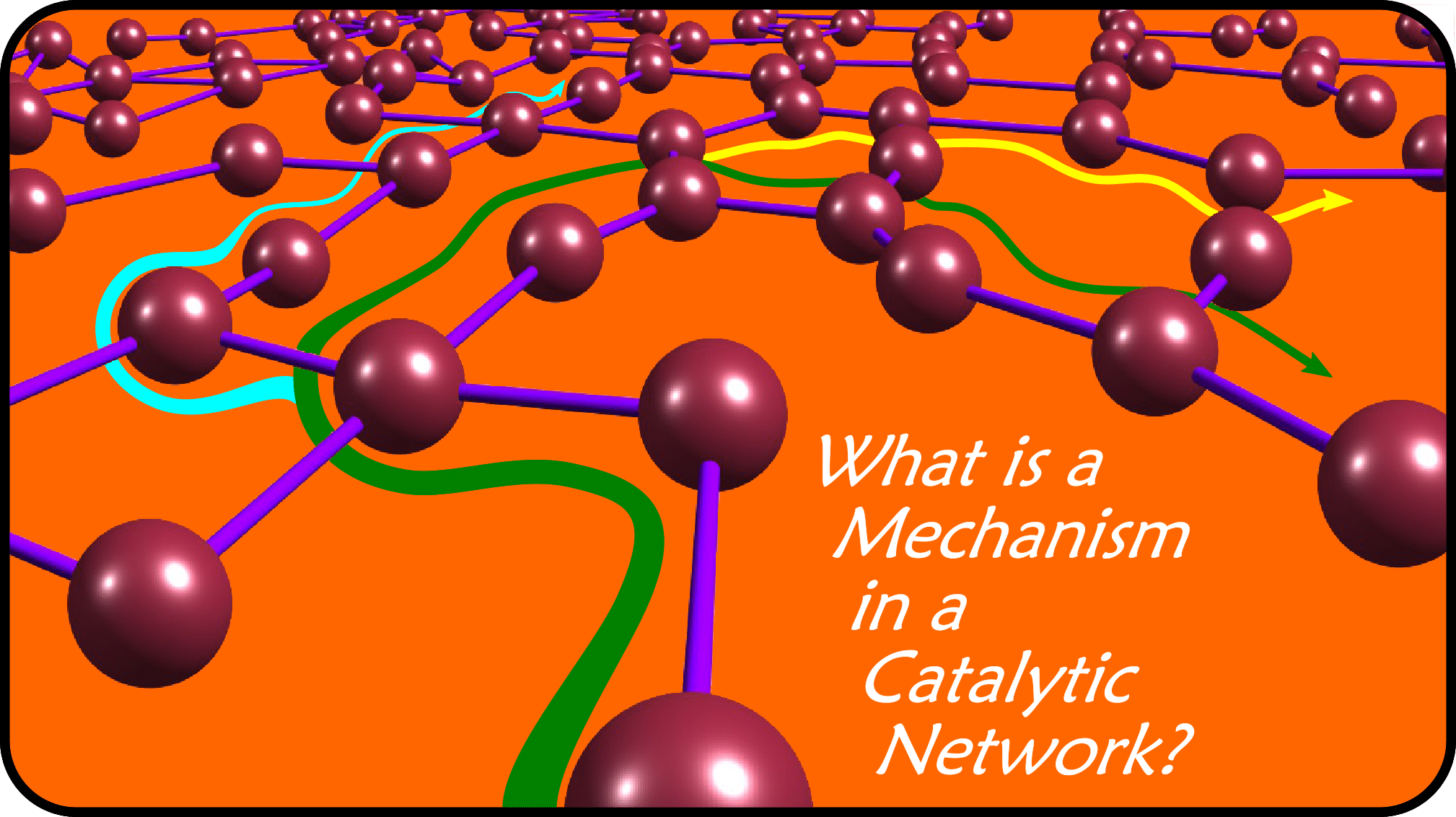
STEADY STATE KINETICS OF ANY CATALYTIC NETWORK: GRAPH THEORY, THE ENERGY SPAN MODEL, THE ANALOGY BETWEEN CATALYSIS AND ELECTRICAL CIRCUITS, AND THE MEANING OF “MECHANISM”
Since the original mathematical description of the simplest model for a catalytic reaction by Michaelis and Menten in 1913, more than a century of expansions brought us to the vast array of expressions for what should have been a simple problem: the formulation of a universal and straightforward equation to calculate the turnover frequency (TOF) of any catalytic cycle in a steady state regime. As originally shown by King and Altman, graph theory, and specifically the use of spanning trees, provide the means to solve the kinetics of any catalytic network in a steady state regime, taking as input data all the rate constants. We will see that the translation of the rate constants to Gibbs energies provide a simpler way to estimate the energy span (i.e. the apparent activation energy of the full reaction), the determining states, and the TOF of any and all catalytic network.1 In this way, by re-examining the concepts of chemical kinetics through rigorous mathematical treatment, an alternative definition is suggested for the term “chemical mechanism”. In addition, and in analogy to electrical circuits, the chemical resistor terms (called here “kinestors”) are identified for parallel and series chemical circuits, providing a new Ohmic interpretation for catalysis. This way of treating the kinetics of catalytic networks will let us test the validity of several chemical myths.
[1] Kozuch, S. ACS Catal 2015, 5, 5242.

Powered by Eventact EMS